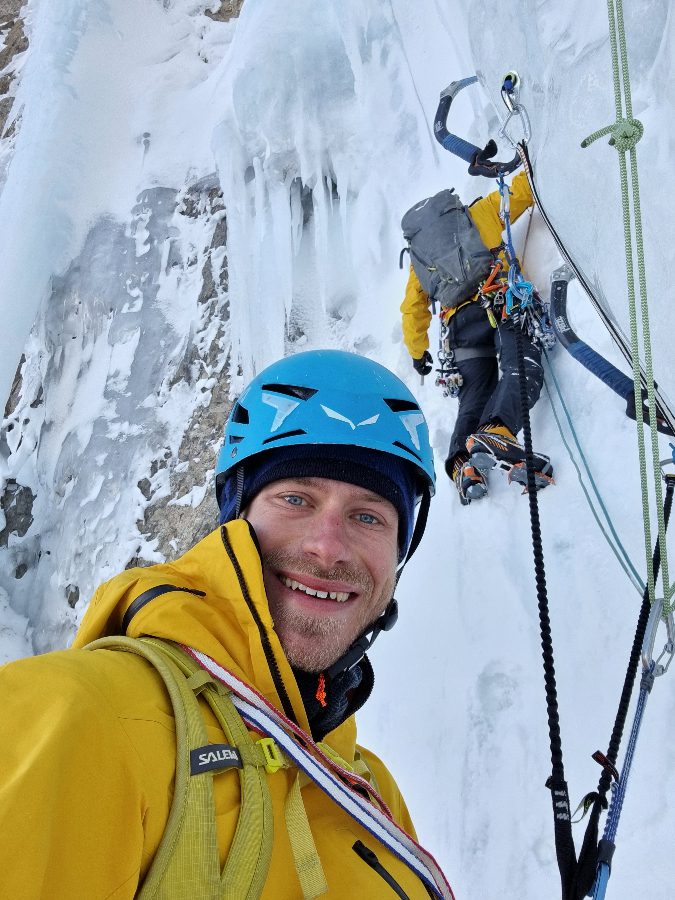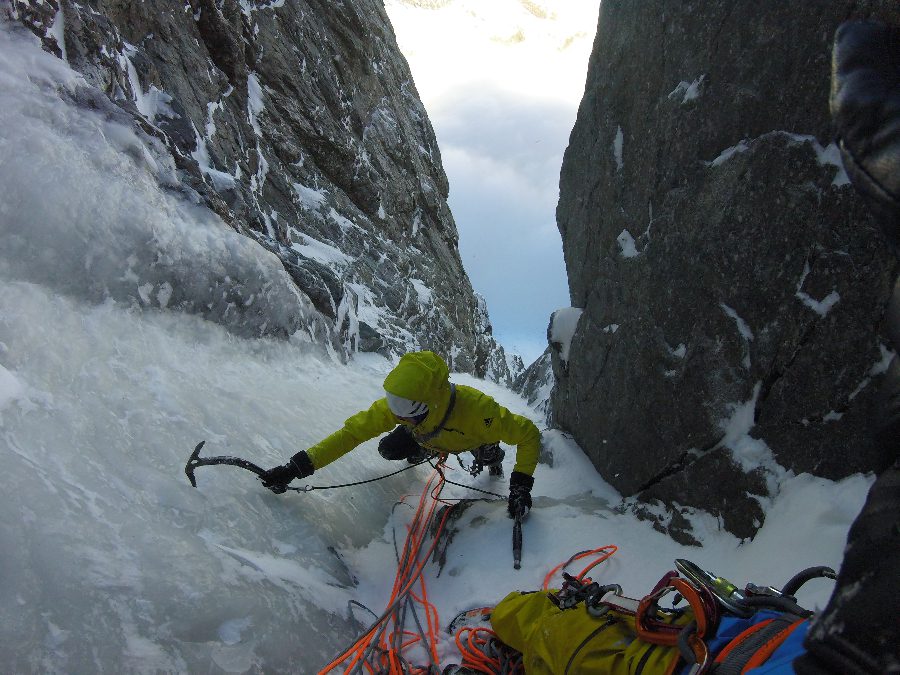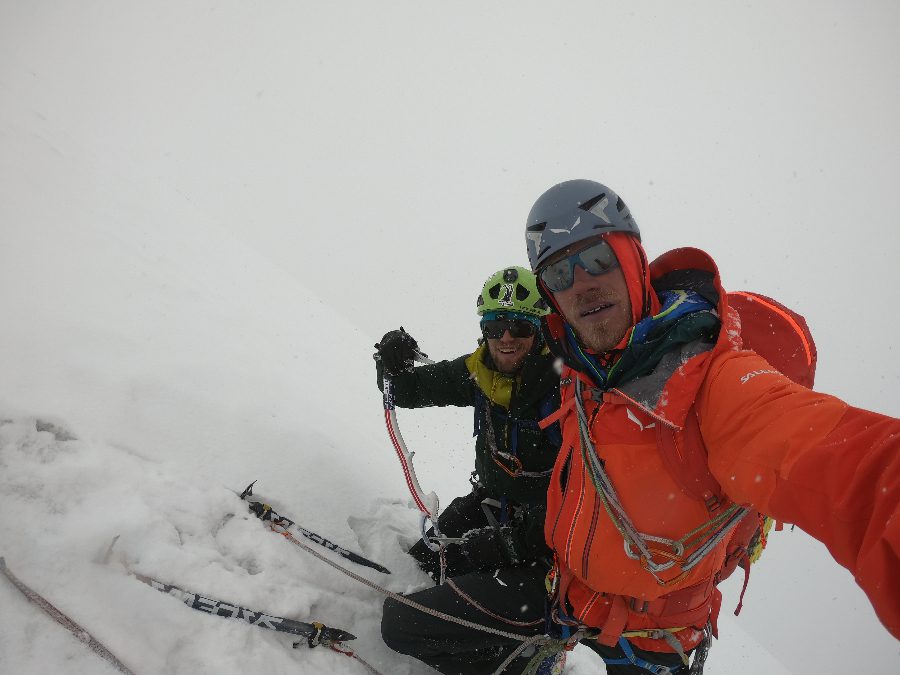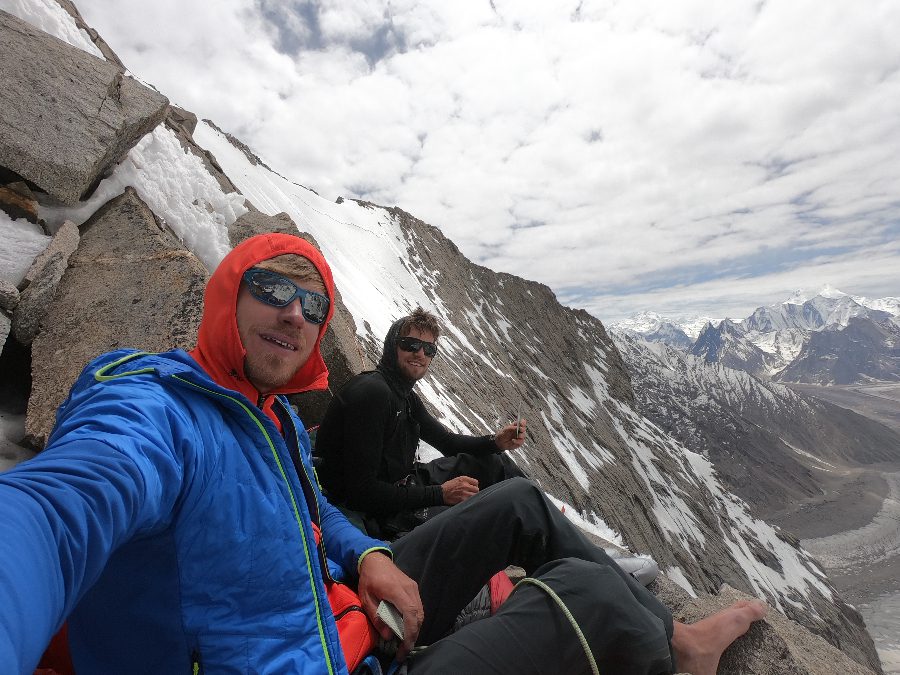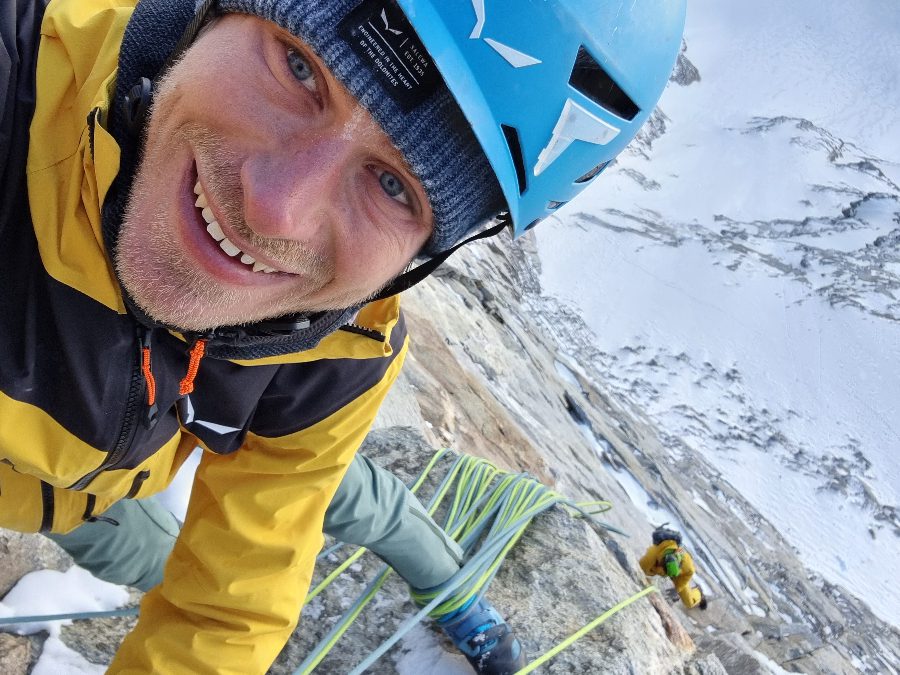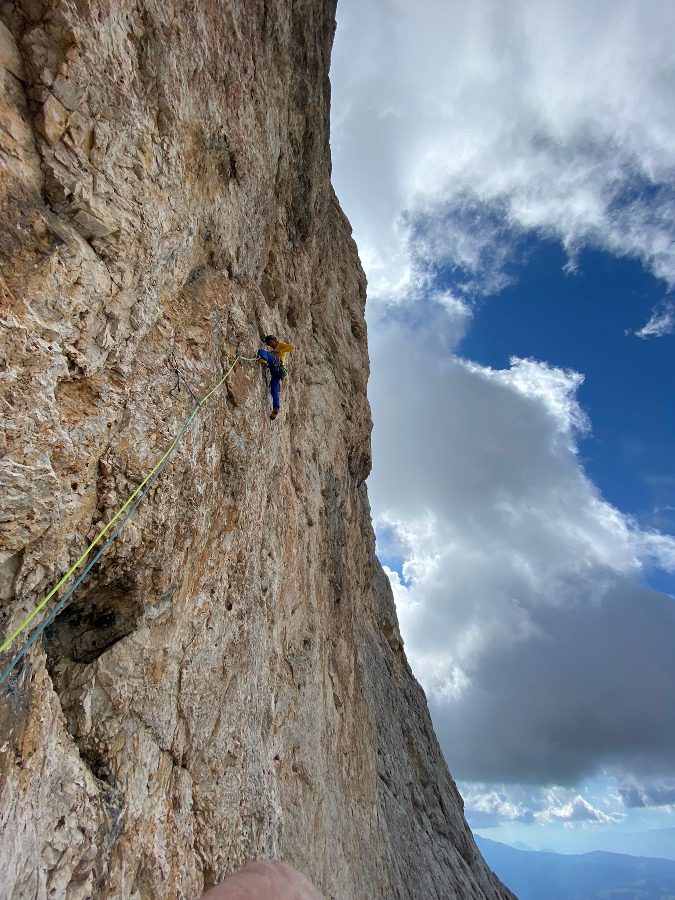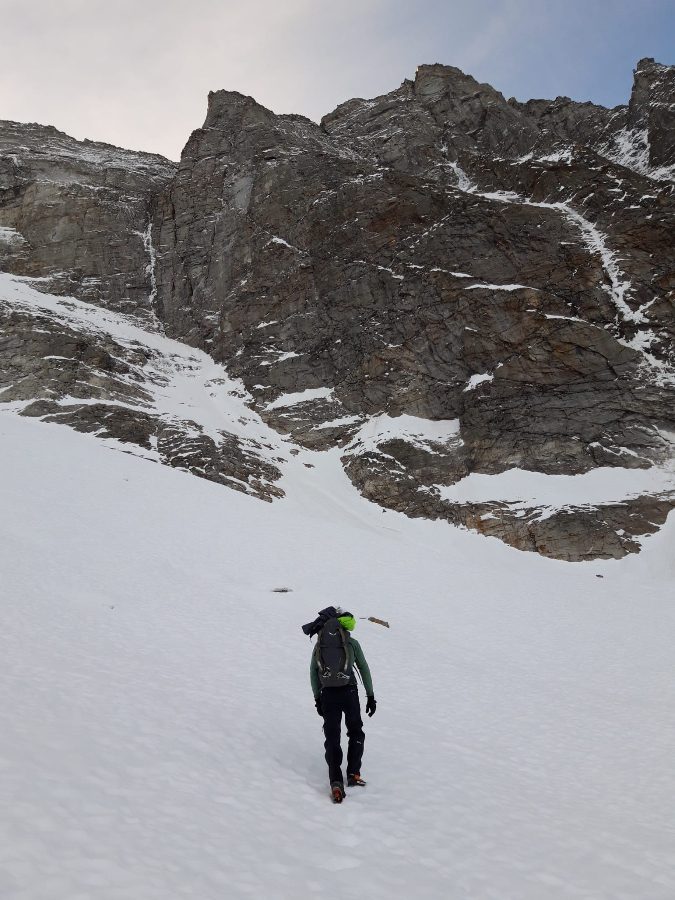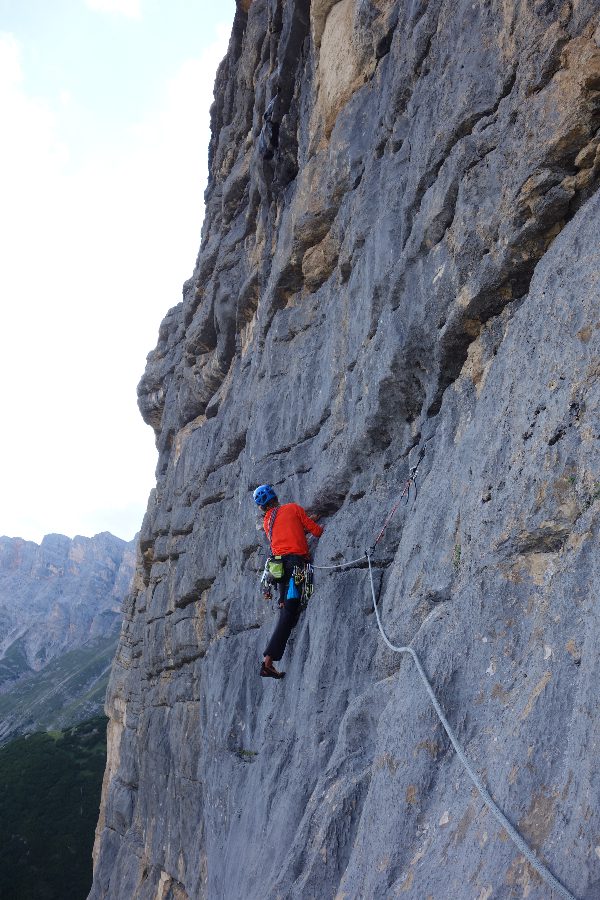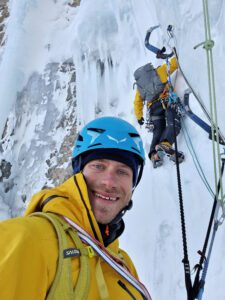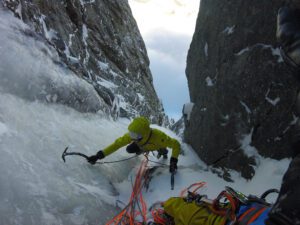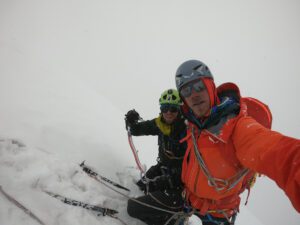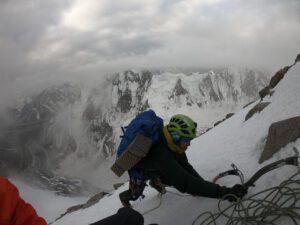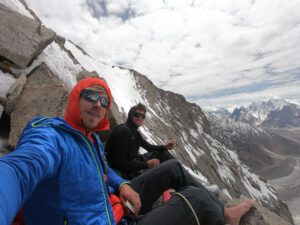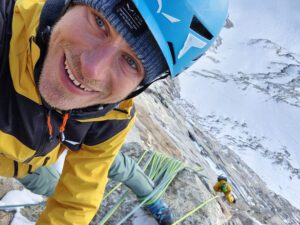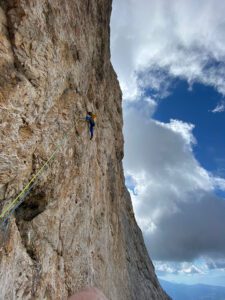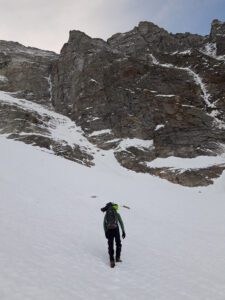Simon Messner, alpinist, on style, the environment and growing up with Reinhold’s legacy
From growing up afraid of heights to establishing groundbreaking alpine routes, Simon Messner talks about his life as a climber

On the first ascent of the Black Tooth (6,718 m) on Muztagh in the Karakoram, Italian climber, Simon Messner, and Austrian climber, Martin Sieberer, came to a sobering realization. “We were getting slower and slower and didn’t have much gear left,” said Simon, “just one small piton on Martin’s harness. As the sun set, he drove the piton into some rock that jutted out of the snow and started to build a belay. I was too tired to check the placement and just clipped into the belay. The moment Martin started to rappel I felt a hard, abrupt pull on my harness. I stared into Martin’s perplexed, wide-open eyes. The piton hadn’t held and as soon as Martin put his weight on the belay it came out – nearly taking us both down.”
The style and adventure of Simon’s climbs overlap with the record of his famous father, Reinhold, but Simon comes across as a regular climber. Our interview was delayed because he was injured cleaning up loose rock at the local climbing crag with his friends. He lives on a farm with his girlfriend, enjoys manual labour and most of his climbing is done locally in the Dolomites.
In an ironic twist, the son of the most famous climber in history turned out to be afraid of heights as a boy. Climbing and mountains were just his father’s job and it wasn’t until he was 16 that he began to climb seriously, partly to explore his fears. His father’s friend and South Tyrolian hard climber Hanspeter Eisendle, who later became Simon’s mentor, recalled that as a boy, Simon couldn’t climb more than two metres off the ground before he was too afraid to go higher.
“I started climbing because I was so afraid,” said Simon. “Fear is still there, it’s always a big fight, it’s interesting that I’m really afraid, because it gives me impetus not to fall.” When he finally did decide to confront his fears and climb, his father warned him not to fall, but also inspired him with the legends of Austrian soloist Paul Preuss, German lightweight alpinist Emil Solleder who made the first ascent of the northwest face of the Civetta in the Dolomites, and the under-rated Dolomites free-climber, Hans Vinatzer.
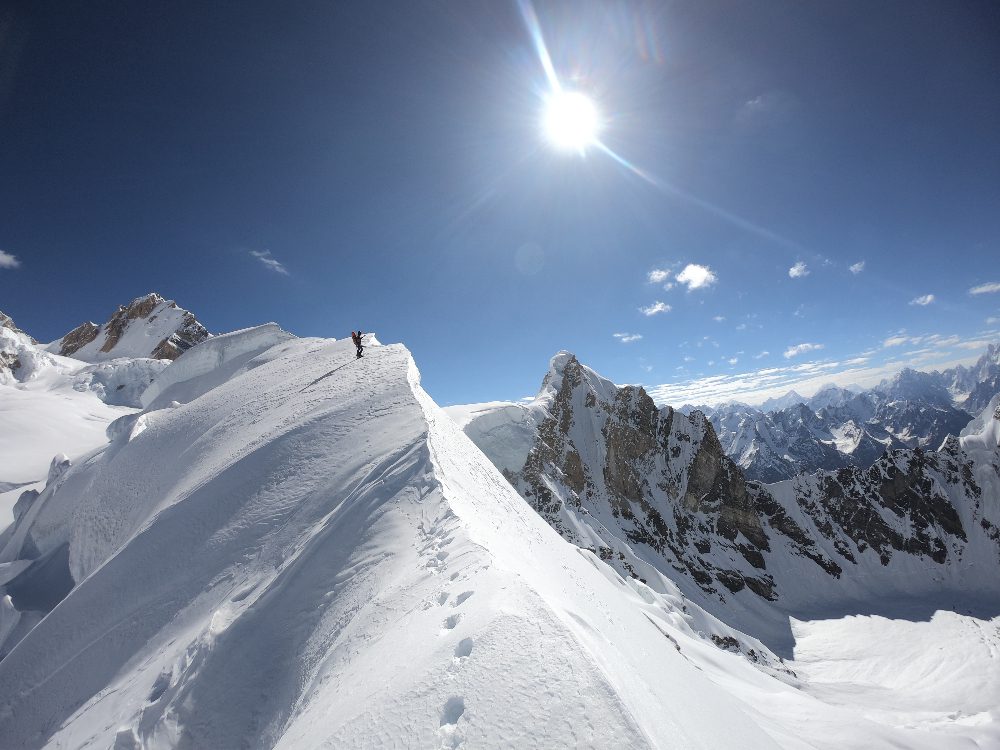
Simon, at first, was reticent to share his climbing achievements with others because he didn’t want to be compared to his father. He strongly believes that climbing is about finding one’s own way. “I’m totally different than my father,” said Simon. “I’m a lot calmer.” He recalls the saying that life is easy for the hero, but harder for those around him.
Simon titled his film Traditional Mountaineering, Experiences Cannot Be Inherited. “I see myself as an alpinist and therefore committed to a long tradition,” said Simon, “this is not about pure numbers, difficulties or times. Alpinism produces, first and foremost, experiences that are neither measurable nor comparable. This means that every tour you undertake is unique. In order to understand mountaineering, you have to experience it.”
Simon’s choice to remain an amateur climber has given him freedom to pursue his own passions. “I had a period in Innsbruck,” said Simon, “studying molecular biology, I did a lot of solos. They are so private, I’m unable to share them. I keep this for myself. On one solo on the Marmolada, it felt so normal to be up there. I felt one 100 per cent sure I could not fall.” He also solos hard ice, having made the first solo ascent of Land am Strome, an overhanging M7- WI7- in Pinnisalm.
He has also made 60 first ascents with partners, ranging from the Alps to North Africa and the Karakoram. Some highlights include the first ascent of Goodbye Innsbrooklyn on the Schrammacher, M8/VIII-, 850m in Austria; “very alpine,” said Simon, “and a lot of type two fun!” With Sieberer, he made the first ascent of Eremit M9- WI7-R, a serious winter route done on trad gear in Austria. In the Himalaya, he has made the first ascent of Black Tooth (6,718 m) and Yernamandu Kangri (7,180 m). Even in the crowded Alps, Simon finds routes that satisfy his need for commitment and solitude. “Three hours’ hiking,” is his magical formula for finding uncrowded walls.
Simon and his girlfriend have taken over a vineyard and a traditional mountain farm in Unterortl in south Tyrol, where he works hard and hopes to make the farms ecologically inter-dependent. He’s committed to doing only one major climbing trip abroad every two years to decrease his environmental footprint. When he had the Salewa athletes’ team over to his farm, they spent two days re-building his donkey shed. He is fond of the notion that you have one life in the valley and another in the mountains, and both need one another to thrive.
He is also involved in filmmaking and has directed and edited several films. A common theme in many of them is the threat climate change presents to the mountain experience. He recalls with sadness July 3, 2011, when a giant serac peeled off the Marmolada in the Dolomites, killing 11 climbers on the regular route. He has also seen the increase in loose rock due to the thawing of permafrost throughout the Dolomites.
“The mountains have remained a great teacher to this day,” said Simon. “And even if the possibilities have changed with lighter and better equipment, targeted training and more accurate weather reports, nothing remains more honest than the mountains. Any mistakes I make here are mine alone. The mountain doesn’t care whether a stone hits me. This insight is fundamental. It is therefore important to remain vigilant, try not to make mistakes and continually learn.”
